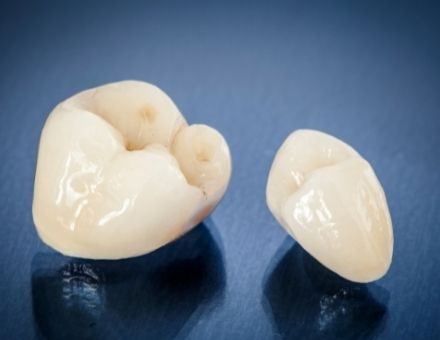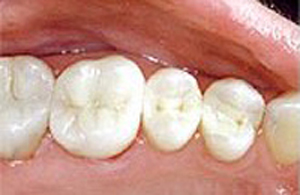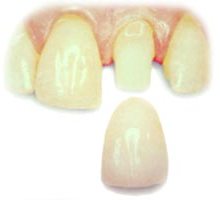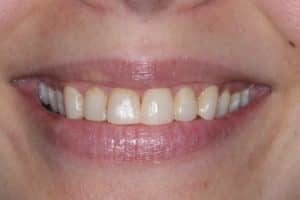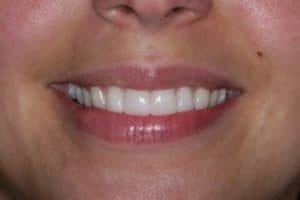I have had a dental bridge since 2017 that includes my lower right first premolar through my second molar. Although the bridge was still comfortable, my dentist recommended replacing it before I began to have problems. She took impressions of my mouth and placed a temporary bridge. I take ibuprofen every day because the bridge hurts. The entire left side of my mouth and jaw hurt. It hurts to speak and chew more than anything, and my gums are slightly swollen. My dentist took x-rays and said they looked okay. She cannot explain my pain. Of course, I am not allowing my dentist to order the final bridge because this temporary bridge hurts so badly. My dentist recommended an endodontist, but I do not have an appointment until early next month. Why would I suddenly need a root canal? Based on my description, why would a temporary bridge cause ongoing pain? Thank you. Kurt from NH
Kurt
Thank you for your question. One of our dentists would need to examine your bridge, teeth, and X-rays for an accurate diagnosis. However, we will explain three factors that might cause a temporary bridge to hurt.
Why Would a Temporary Bridge Hurt?
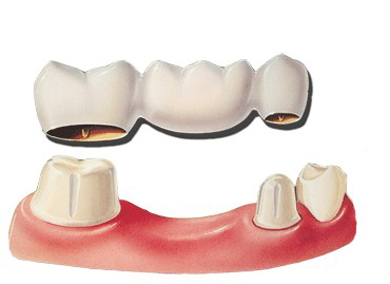
Dental bridge
A temporary bridge can hurt because your teeth are sensitive after preparation, irritated by bacteria, or the bridge is not optimal.
- Sensitive teeth after preparation – Placing a bridge requires shaving down teeth on the sides and top so the bridge ends will fit over them. Teeth prepared for a bridge can ache and be sensitive to cold and hot temperatures, food, and drinks. Removing a bridge and preparing teeth for a new one are traumatic events.
- Irritation from bacteria – If a dentist finds decay beneath a dental bridge or its components, bacteria could have infected and irritated your teeth.
- Bridge position – A bridge that does not fit well can affect your bite. When you eat, the opposite teeth (upper or lower) can hit the bridge teeth harder than usual and make them ache. You can feel jaw or neck pain and get headaches, too.
Referring You to a Root Canal Specialist
When a dentist cannot identify the cause of your pain, they may refer you to a root canal specialist (endodontist). The endodontist will examine your teeth, possibly x-ray them, and test their sensitivity.
Although some dentists delay making the permanent bridge, others place it with temporary cement. It gives the dentist time to observe your teeth and see if the sensitivity resolves. An X-ray will show whether the tissue inside the tooth is infected or died and requires root canal treatment. Prompt care can help preserve the tooth, preventing the spread of an infection or the need for a dental implant.
Lowell, Massachusetts, accredited cosmetic dentist Dr. Michael Szarek sponsors this post.

